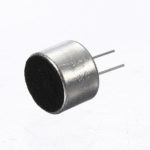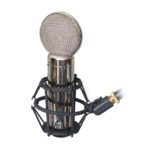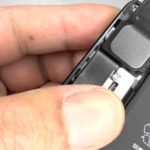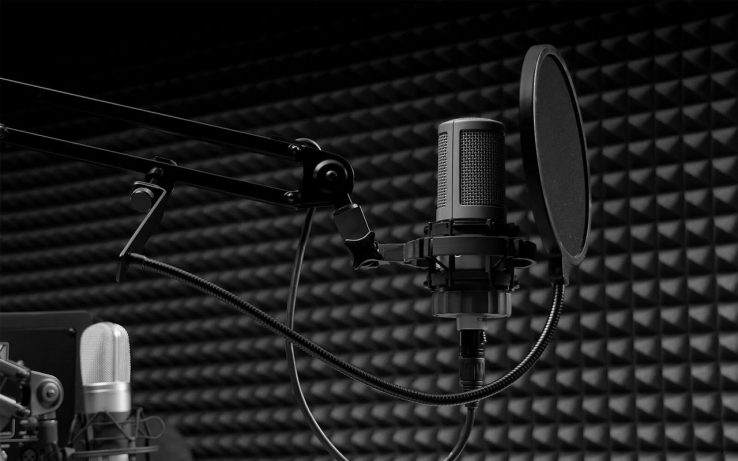What is a microphone
 A microphone is an acoustic device that converts sound vibrations. Today there are a huge number of them, which makes choosing very difficult.
A microphone is an acoustic device that converts sound vibrations. Today there are a huge number of them, which makes choosing very difficult.
The content of the article
What is a microphone
In most cases, when we hear the word microphone, we think of a device used by singers on stage. In fact, such an accessory is used in almost all equipment. With its help, acoustic vibrations are converted into an electrical signal. The microphone is the first link in recording sounds.
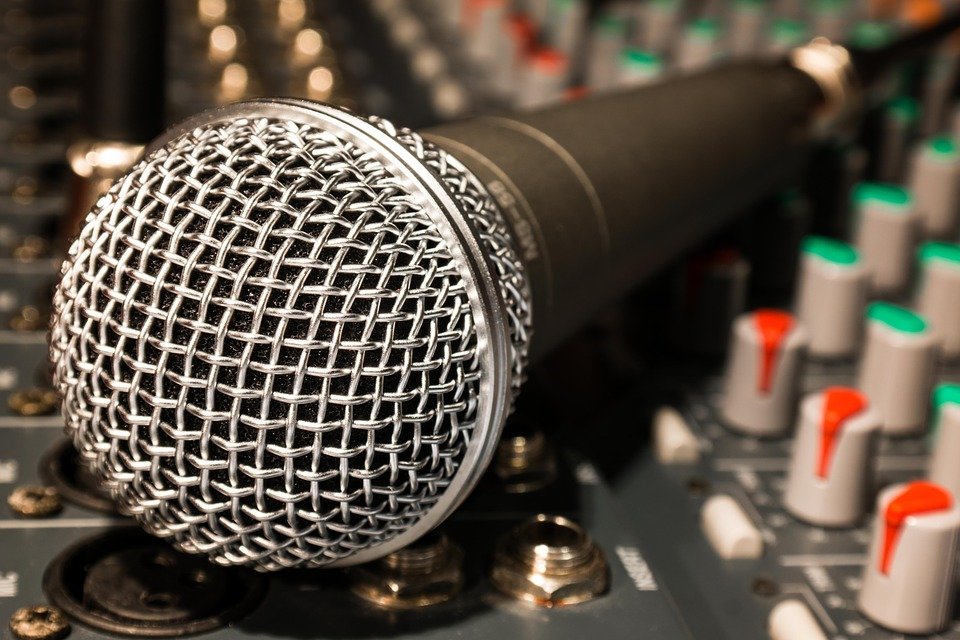
By what criteria are devices classified?
The classification of microphones is based on sound processing technology:
- Condenser. The sound is captured using a flexible membrane (film), which, together with a permanent electrode in the form of a plate, forms the lining of the capacitor. Sound vibrations cause a change in the capacitance of the condenser, ultimately forming an electrical signal. After which it is transmitted to the recorder in the form of a pulse.
- Dynamic. Sturdy design, based on a membrane with a coil attached to it. They are located within the boundary of the resulting magnetic field. The principle of operation is that vibrations occur on the membrane from sound. After which voltage appears on the coil, which is subsequently transmitted to the recorder in the form of pulses.
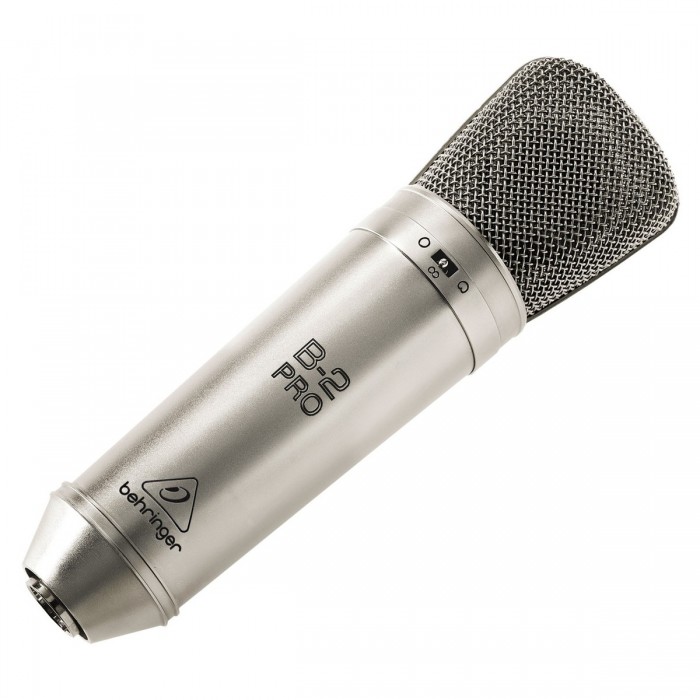
REFERENCE! Capacitor devices must be connected to a power source.
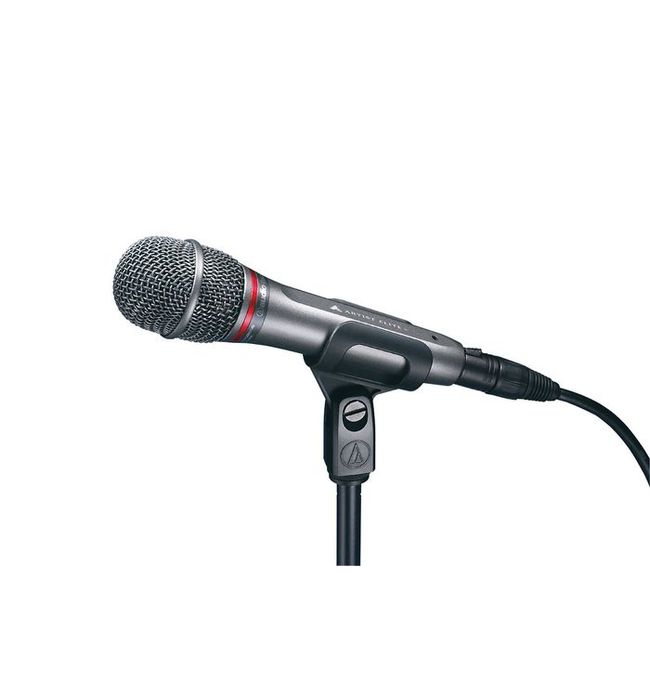
Condenser microphones maintain high audio fidelity. They respond very well to changes in voice timbre, thereby preserving its individuality. Often used in recording studios. But too loud sound waves affect the quality of the recording. They have a small mass.
Dynamic devices have lower sensitivity and volume. This allows them to be used at high sound waves. Ideal for use on stages and also suitable for home use. This equipment has a robust design and is resistant to adverse conditions.
In addition to sound processing technology, microphones are distinguished by membrane size:
- small membrane;
- medium membrane;
- crown membrane.
REFERENCE! The quality of the recording is greatly influenced by sensitivity. Recording with a microphone that is too sensitive can result in the presence of unwanted extraneous sounds. Such devices are suitable for use in specially designated areas.
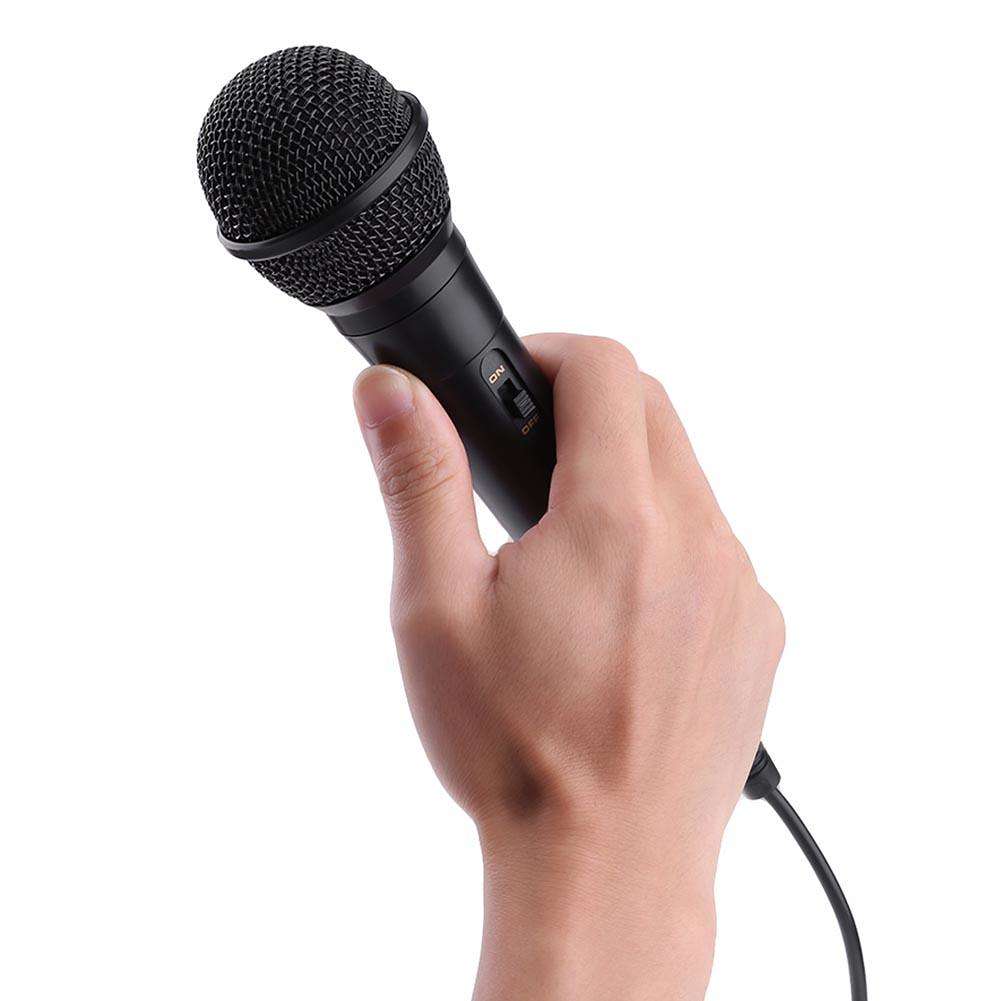
There are also acoustic devices with a certain directionality, i.e. sound can be perceived in a limited angular range - for input or output. There are unidirectional and bidirectional. Unidirectional ones are often used at concerts to protect the performer from extraneous sounds from the audience. Bidirectional ones are used to communicate with the interlocutor. If there is no limitation in the angular range, then such a device is non-directional.
To transmit the signal, cables are used, for connecting which the following connectors are mainly used:
- TRS (mini-jack). Connector for transmitting audio signal with a diameter of 3.5 mm.
- USB.Universal connector for connecting to computer equipment.
- XLR-3. Used in professional audio equipment. Compared to previous options, it transmits the highest quality sound signal.
What modern microphones exist?
Thanks to technological developments, acoustic devices can now store certain data and settings. Modern equipment allows us to filter out unnecessary noise, transmit and capture the smallest acoustic vibrations.
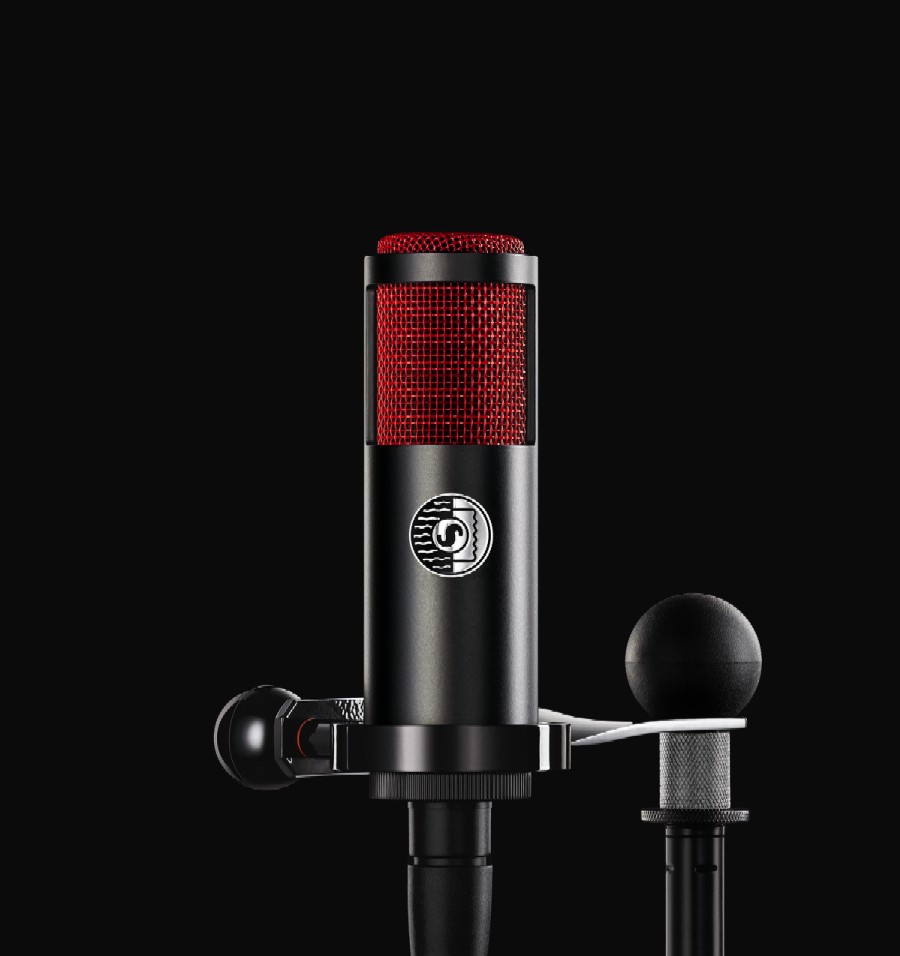
The most expensive types are studio microphones, which are used in the show business and film industries. They are characterized by good sensitivity, as well as the ability to capture non-standard sound waves, while increasing the volume of quiet ones. Also in the field of show business, stage microphones are used, which are slightly inferior in characteristics to studio ones, but are cheaper.
There are measuring microphones that are used to capture various sound vibrations. Such devices are narrow-profile and, as a rule, used in industrial equipment. The smallest type of device is mini-microphones, which are used for covert listening.
Microphones for radio headsets are used for telephone sets. The advantage of this type is wireless data transmission technology. If it is necessary to capture weak sound vibrations, microphones (capsules) with a closed design are used, which are used in headphones and smartphones.
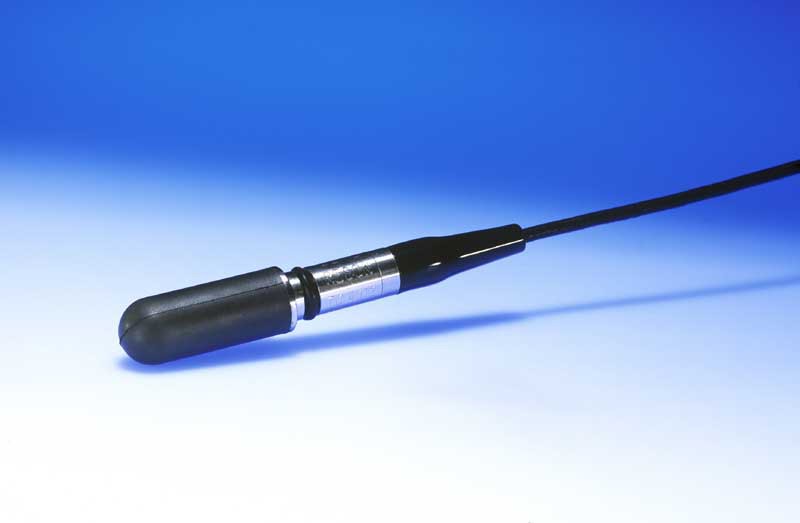
REFERENCE! Hydrophones will help capture and transmit sound vibrations underwater. These devices are specialized acoustic devices that are installed in sonars, echo sounders, etc.
In environments with high noise levels, laryngophones are used. A special type of equipment used on production sites, on airplanes, etc. Sound vibrations are transmitted using a sensitive sensor.
Tips for choosing
When choosing a microphone, you need to decide for what purposes it will be used. To record sound behind the scenes or dubbing, you should choose condenser ones. They are more sensitive and are designed for use in rooms without extraneous sounds, in contrast to dynamic ones, which pick up extraneous sound vibrations much less.
Expensive professional models are not worth purchasing if there is no additional equipment for connection and processing. Without proper conditions, the operation of the device will not satisfy the stated characteristics.
In addition to the microphone, additional accessories are needed. Acoustic devices should be chosen from reliable and well-known manufacturers.

